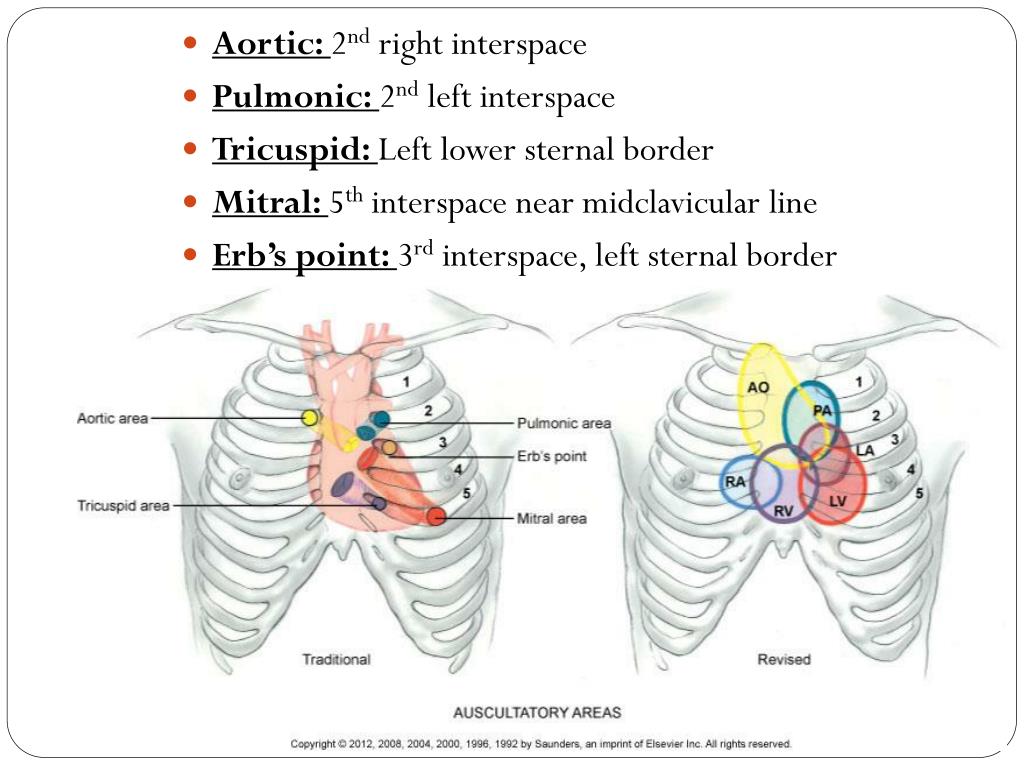Click to see full answer.
Similarly one may ask, what is the pulse deficit?
Radial pulse is palpable and within normal range for the patient’s age. Rhythm is regular. Radial pulse is strong, firm, and regular. UNEXPECTED OUTCOMES Pulse is weak, difficult to palpate, or absent. Pulse rate for an adult is greater than 100 bpm (tachycardia).1 Pulse rate for an adult is less than 60 bpm (bradycardia).1 Pulse is irregular. Pulse deficits, defined as decreased or absent carotid or peripheral pulses as noted by clinicians and later confirmed by diagnostic imaging, at surgery or at autopsy were noted in 154 patients (30%). The apical pulse rate will never be lower than the peripheral pulse rate. The resulting number is the pulse deficit. Normally, the two numbers would be the same, resulting in a difference of zero. However, when there's a difference, it's called a pulse deficit. A pulse deficit: For the most accurate determination of a pulse deficit, one person should check the apical pulse while: a second person checks the radial pulse. What should be cleaned with alcohol before and after using the stethoscope. The earpieces and bell or diaphragm of the stethoscope.
Pulse deficit occurs when there are fewer pulses than there are heartbeats. Atrial fibrillation and atrial flutter can cause pulse deficit because they cause the heart to beat so fast, and often irregularly, that the force of blood out of the heart is sometimes not strong enough to create a pulse.

Likewise, what is a good pulse rate? The normal resting heart rate for adults over the age of 10 years, including older adults, is between 60 and 100 beats per minute (bpm). Highly trained athletes may have a resting heart rate below 60 bpm, sometimes reaching 40 bpm. The resting heart rate can vary within this normal range.
Similarly, you may ask, what 3 things must you assess when taking a pulse?
Pulse Deficit In Atrial Fibrillation
The pulse rhythm, rate, force, and equality are assessed when palpating pulses.

What are 2 differences between taking radial and apical pulse?
Pulse Deficit In Sentence
The pulse at your wrist is called the radial pulse. The pedal pulse is on the foot, and the brachial pulse is under the elbow. The apical pulse is the pulse over the top of the heart, as typically heard through a stethoscope with the patient lying on his or her left side.
